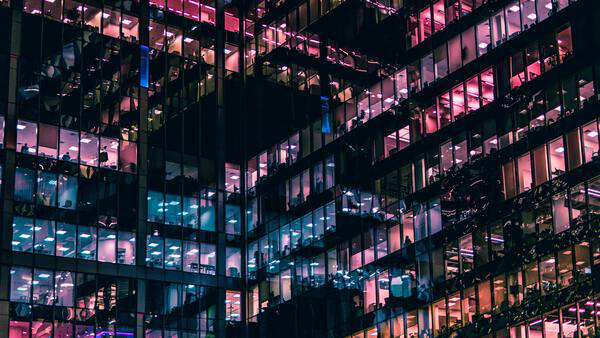What Actually Happens When the Fed Raises Rates?

There's a lot of confusion surrounding the Fed and what it does. According to a recent Wallet Hub survey, 16% of people think that the Fed is in charge of maintaining consumers' credit scores, 22% think that interest rate hikes hurt their credit, and a whopping 50% think that their fixed-rate mortgages become more expensive after a rate hike (hint: all of these are untrue). Here's the skinny on the Fed and what happens when it raises interest rates.
Fed is short for Federal Reserve, an institution that's responsible for keeping the U.S. banking system running and maintaining a healthy economy. The U.S. government has an account with the Federal Reserve Bank, and uses it much as you use your checking account. Taxes and other revenues are deposited into this account, and monies are withdrawn to pay for government expenses. The Fed also distributes U.S. currency to banks, develops laws to regulate banking (for example, it came up with the Truth in Lending Act), and generally monitors both domestic and foreign banks that operate within the U.S.
But what tends to generate the most interest in the Fed is the institution's power over interest rates. As part of its job to keep the economy strong and healthy, the Federal Open Market Committee (FOMC), a subset of the Fed, meets eight times a year to decide whether or not to change two key interest rates: the federal funds rate and the discount rate.
Source: Fool.com





